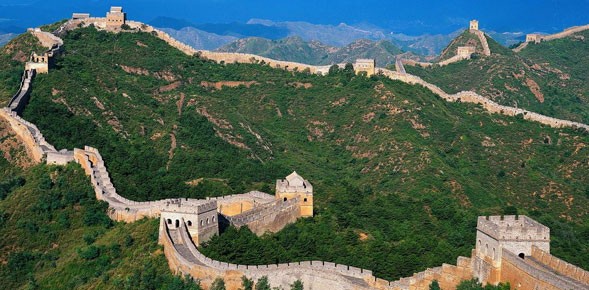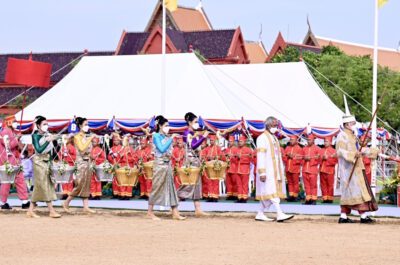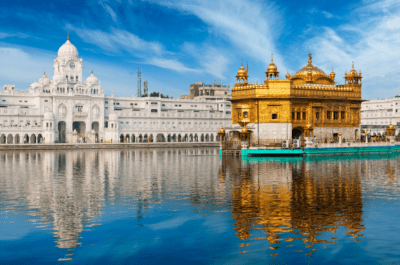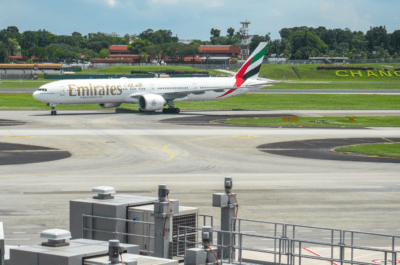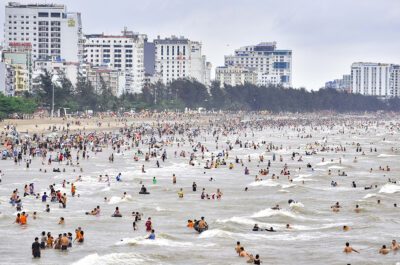China just released the final count of its Great Wall for the first time in the history of the monument. Released numbers about China’s greatest heritage site –the only one to be seen from the moon! – are impressive. And surprise, surprise: the Great Wall is even longer than previously thought…
BEIJING – Xinhua, China’s national press agency, communicated that China’s existing Great Wall, one of the country’s signature relics, is 21,196.18 km long, according to the latest survey results released by the State Administration of Cultural Heritage (SACH) on Tuesday.
An archeological survey jointly conducted by SACH and the former State Bureau of Surveying and Mapping since 2007 found that the Great Wall structures span the country’s 15 provinces, autonomous regions and municipalities, including Beijing, Tianjin, Hebei, Shanxi, Inner Mongolia, Liaoning, Jilin, Heilongjiang, Shandong, Henan, Shaanxi, Gansu, Qinghai, Ningxia and Xinjiang.
A total of 43,721 heritage sites were identified nationwide during the survey, including stretches of the wall, defense works and passes, as well as other related Great Wall facilities and ruins, Tong Mingkang, SACH deputy chief, said at Tuesday’s press briefing. This was the first time such a figure had been released, as a preliminary survey in 2008 only showed that the Great Wall structures built during the Ming Dynasty (1368-1644) extended more than 8,850 km.
Construction of the first Great Wall dates back to the Warring States Period (475-221 B.C.) and, over subsequent centuries, walls were built by later dynasties in scattered, but strategic areas to fend off northern nomadic tribes. It was put on UNESCO’s World Heritage list in 1987.
Cultural heritage officials and experts warn that the Great Wall is still threatened by natural forces as well as human activities. Damage from human activities, such as mining, infrastructure development and profit-driven tourism, have been detected in recent years. Some local residents even stole soil or bricks from the wall, and have planted crops over ruins of it, according to the survey report.
So far, only 8.2 percent of the wall built during the Ming Dynasty remains intact, 74.1 percent is in poor condition, and in some sections, only its foundation remains, according to the report. A large amount of the wall has collapsed. “The saving and preserving of the Great Wall’s relics should not be delayed,” the report stresses.
To prevent the architectural wonder from further damage, the central government rolled out a set of rules on the protection of the Great Wall in 2006, establishing funding for protection, restoration and maintenance for the Great Wall, and banning commercial activities on the wall. However, cultural heritage officials and experts said the bans were poorly enforced in remote regions.
The five-year survey finally gave the cultural heritage administrative department and local governments “a comprehensive and accurate picture of the status quo of the Great Wall, which could serve as a solid foundation for future protection projects,” Tong said. By 2015, SACH will have worked out a general guideline for protection of the Great Wall and set up a monitoring and warning system to eradicate major risks to an effective preservation of the Great Wall.
Luc Citrinot a French national is a freelance journalist and consultant in tourism and air transport with over 20 years experience. Based in Paris and Bangkok, he works for various travel and air transport trade publications in Europe and Asia.













